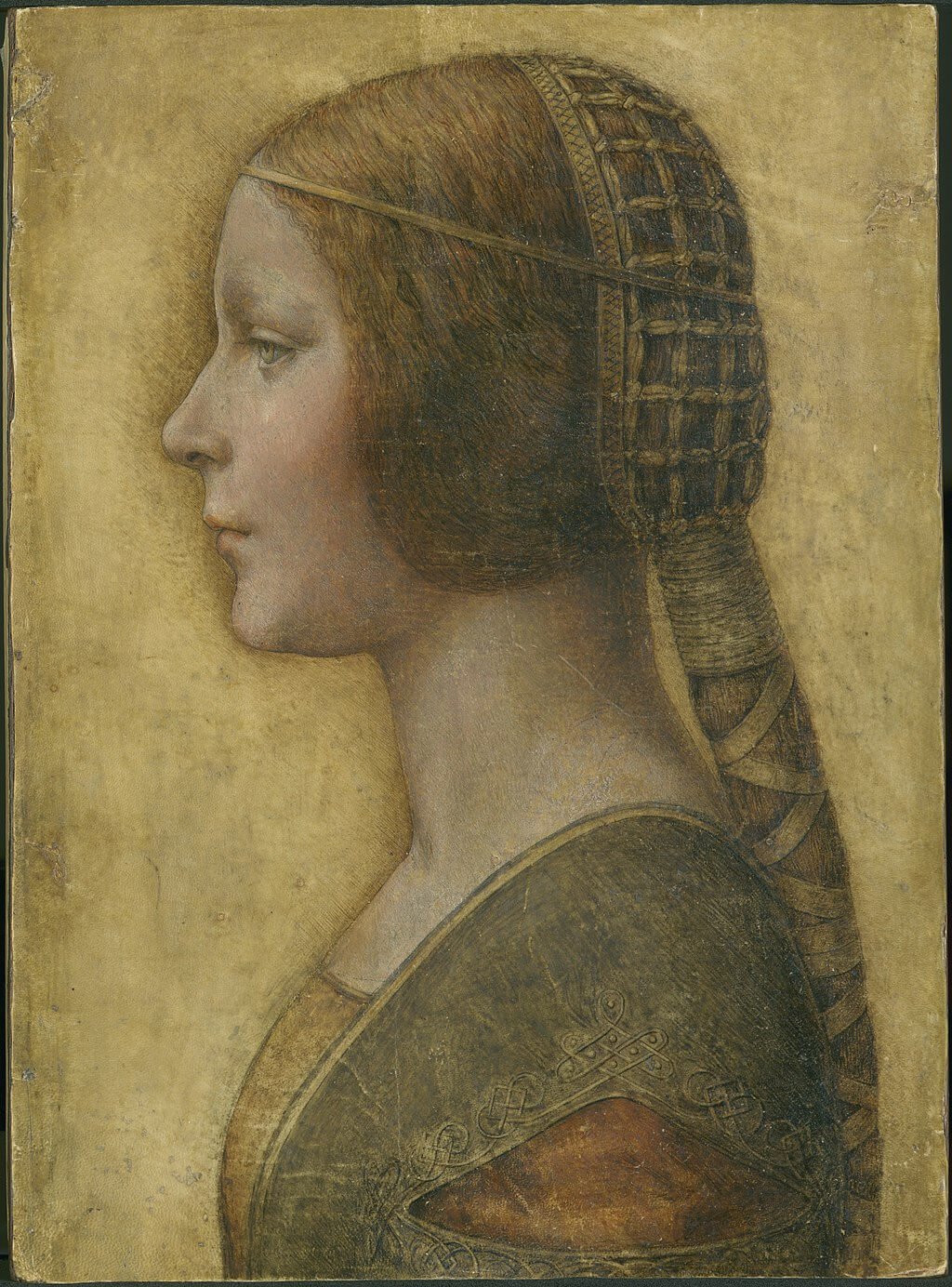
I just finished reading Leonardo’s Lost Princess by Peter Silverman and Catherine Whitney (Hoboken, NJ: John Wiley & Sons, 2012). The book, which is completely non-fictional (and has nothing at all in common with Dan Brown’s Da Vinci Code), is about Silverman’s discovery of a previously unidentified drawing by Leonardo da Vinci – La Bella Principessa. Silverman, an avid art collector, describes his experiences from his initial acquisition of the work under a different attribution through the extensive authentication process and the fierce debate that followed. As with practically any authentication or re-attribution, a complete consensus has still not been reached, as some experts still do not accept the Leonardo attribution, though many others do. The ongoing debate and the complexities of the authentication process are what make this book so interesting, but they can also be a bit frustrating, as they rely so heavily on opinions and intangible qualities. I would recommend this book to anyone interested in connoisseurship and the authentication process. For someone who is not well versed in the ways of the art world, though, I think it could get a bit confusing and tedious or just seem plain unbelievable.
Update 2/25/18: I read more about the La Bella Principessa debate in Martin Kemp’s book Living with Leonardo: Fifty Years of Sanity and Insanity in the
Art World and Beyond (New York: Thames & Hudson, 2018). Kemp is one of the world’s most notable Leonardo da Vinci scholars, and he has strongly advocated for La Bella Principessa attribution to Leonardo. His book is about his experiences as a Leonardo scholar, which have been numerous. You might think of an academic life and quiet and undramatic, but that’s definitely not the case when you’re one of the foremost experts on the world’s most famous artist of all time. Kemp talks about issues such as the restoration of the Last Supper, scientific testing and the role it plays in art history, the attribution controversies surrounding La Bella Principessa and Salvator Mundi, and the many elaborate theories (all false) surrounding the Mona Lisa. The book is a memoir, but a very focused one that mainly sticks to art historical adventures rather than running away into the author’s personal life like many memoirs do. Accordingly, it’s calm and very enjoyable.


